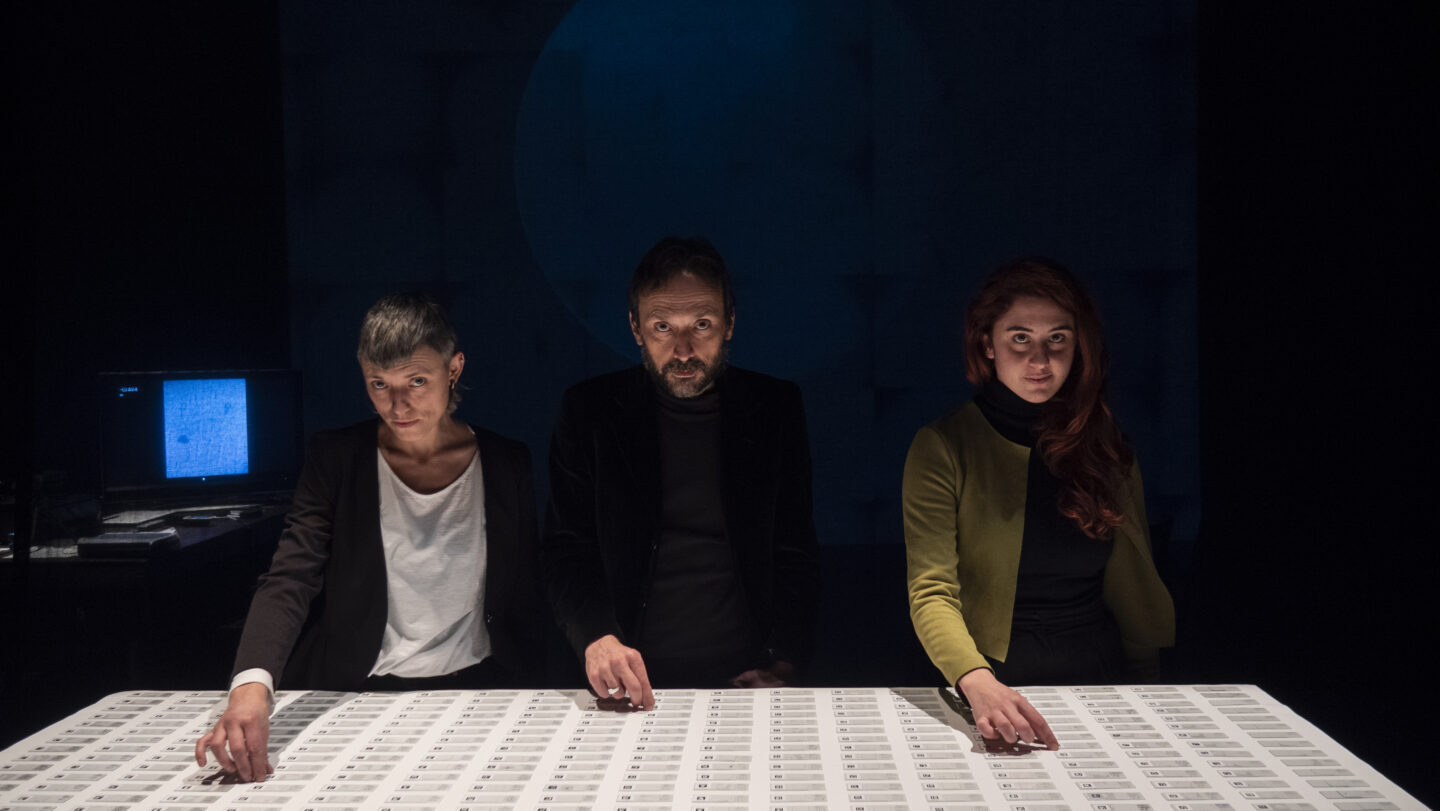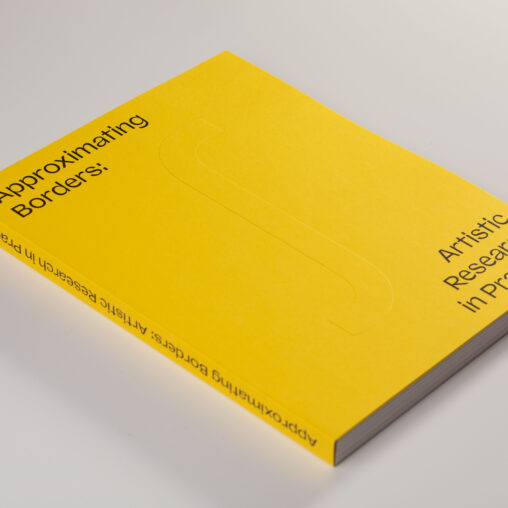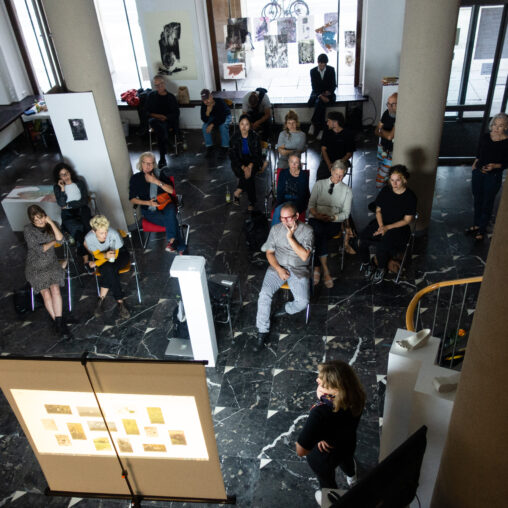The Critters Room is an ongoing project by Jan Voxel collective that tackles the emergency of the post Anthropocene era creating a community of particulate matter collectors. The project, indeed, combines data gathering preliminary process with a visual organization of the critters, i.e. air dust and particle pollution. From the beginning of the pandemic lockdown in Italy (March 9th, 2020) for an entire year, the transdisciplinary artist Cinzia Pietribiasi (Vicenza 1979), founder of Jan Voxel, started to collect air samples with laboratory slides, vaseline oil and a specific glue in order to make evidence of the atmospheric pollution. Thanks to the air particles’ sedimentation on laboratory glass, the critters become visible in a multitude of shapes that resemble cellular organic forms. The project takes shape in the form of artwork as a multimedia installation, a combination of photos, sounds, videos, and a digital archive.
Within the framework of EU4ART_differences, Jan Voxel’s work on the invisible contamination of the air is going to be implemented towards a community-based practice. A European network of critters collectors is intended to be built with the collaboration of students and professors of EU4ART_differences, whose local gathering of air samples are meant to extend the critters’ detection to different geographical areas.
In this interview, Cinzia Pietribiasi, whose art practice develops between performative theater and new media, provides an insight about the art project The Critters Room, and reveals her opinions about the cultural and political need to make a common shift toward a more open cultural paradigm that asks for hybridizations and inter-relationship models, both in art practice and social life.

Veronica Di Geronimo: I know the idea of The Critters Room comes from your studies at Brera Fine Arts Academy in Milan. I would like to ask you when it became a co-authorial project by Jan Voxel, whose members have different backgrounds, and which are their individual artistic contributions to the project.
The Critters Room project, although it is my postgraduate degree’s thesis in New Technologies of Art in Brera Fine Art Academy, was immediately a collaborative project. The Jan Voxel collective already existed: I founded it in 2018 with my friend Lorenzo Belardinelli, physicist and software developer with the specific intent of deepening artistic research in the boundary of art and science. We had already worked together on My body Atlas, a generative video art project and we started the collaboration by sharing our knowledge: we discovered a deep interest in creative coding and, thanks to Lorenzo’s mathematical knowledge, we were able to use the code to create streams of pixels starting from images of human x-rays.
The Critters Room is our most mature work: it focuses on the most urgent issues posed by the Anthropocene, it talks about the critters in the air, that is to say dust and particulate matter. The multimedia installation is a multidisciplinary project that involves several languages: photography, video, data sonification, science, philosophy, eco-feminism and queer ecology. In 2020 the project bumped into the practice of another friend Lidia Zanelli, a dancer and a set designer, met in Brera thanks to a performance led by Franco Ripa di Meana (WP4 leader of the EU4ART_differences European project). Our three practices (Lorenzo’s mathematical thought, my narrative sensibility, Lidia’s space design) merged during several artistic residencies carried out between Bologna and Parma and the project continues to branch out.

Once you told me that The Critters Room is a “tentacular work”, referring to the idea that it is an ongoing project that evolves and takes many ramifications exploring different directions at the same time, like an octopus does. Could you please tell us more about these different ramifications?
The Critters Room is a real exercise of imagination as the anthropologist Matteo Meschiari wisely described in his essay Antropocene fantastico. Scrivere un altro mondo. The project suggests thinking about the invisible, inventing the other, bringing out connections between present, past and future. It is a complex project for a complex present. Trying to accept the challenges posed by the Anthropocene, The Critters Room could not be resolved in a synthetic way: it had to branch out, to become a sprawling being. Between 2020 and 2022 the tentacles of The Critters Room were many: from the podcast Olga reads the Critters (read more in https://www.arshake.com/residenze-digitali-olga-legge-i-critters/) made for the call Residenze digitali 2021, to the website www.thecrittersroom.it which contains a page dedicated to the Critters Dictionary, a collection of relevant words that give out the complexity of the coexistence of human and non-human beings. Also the workshop Establishing a Critters Community hold during the Summer School Digital Rites and embodied memories in Montecompatri (Rome, Italy) was a tentacle: creating a network of critters collectors in Europe and increasing the existing archive of microscope slides seems to us a good way to broaden our gaze.
Other collaborations were born in October 2022: in particular with DUSIC, the Department of Humanities, Social Sciences and Cultural Enterprises of the University of Parma, the Lenz Foundation of Parma, the Festival Natura dei Teatri and Parma Jazz Frontiere.
With Luca Perciballi, a jazz musician we worked on The Critters Sound, an audio-visual live with a new collection of images and videos and a original soundtrack based on sound samples from The Critters Room (some interviews with environmental activists and some field recordings), a workshop and a performance named The Critters Symposium with some students of University of Parma with whom we have developed new textual sceneries. Finally, a lecture performance with Kabul, a Turin magazine that deals with postcolonialism, posthumanism and queer theories.
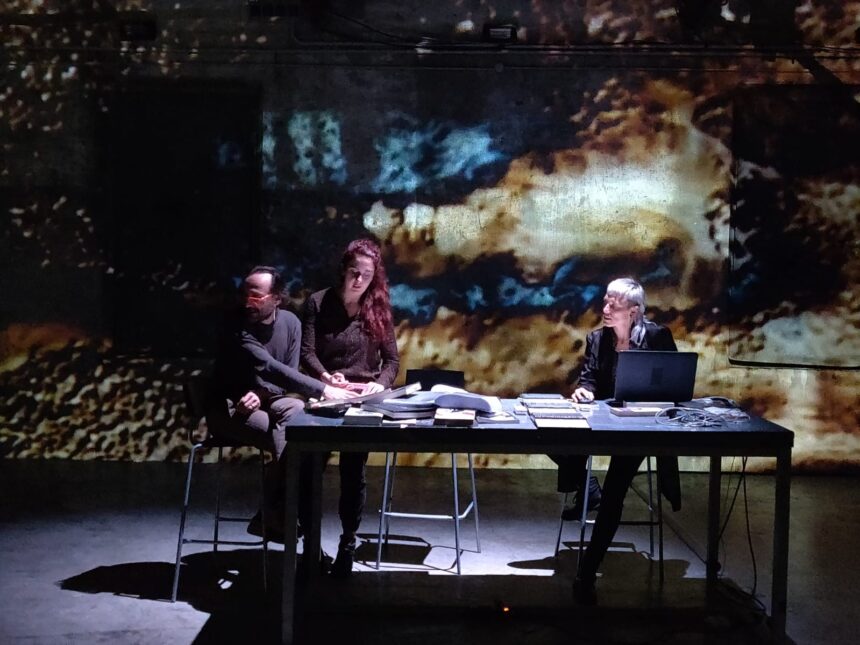
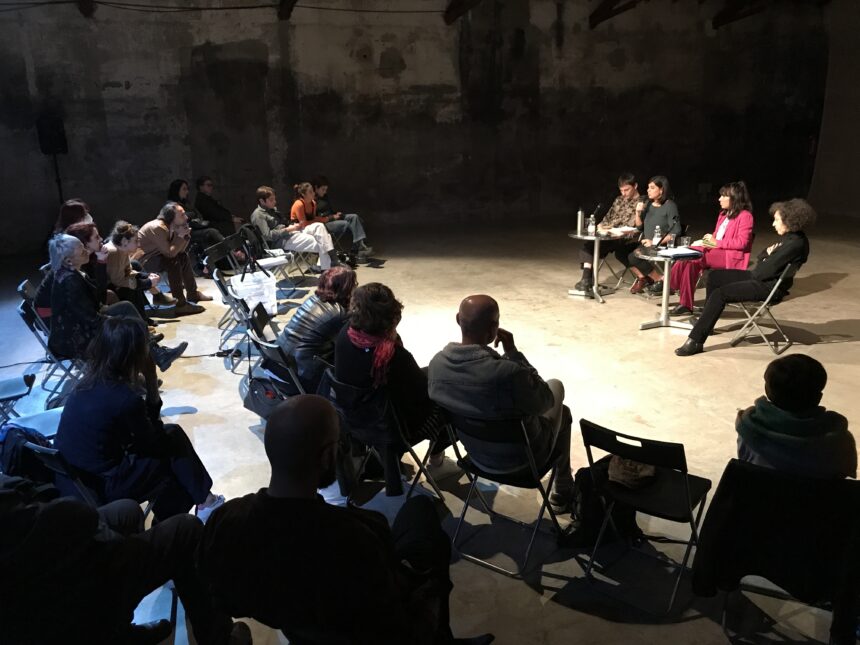
Your work is deeply influenced by Donna Haraway’s thought and the new relational interspecies paradigm she proposes. Since you are involved in the European Project for the construction of Creative Eco-System, I would like to ask you what kind of collaborations or “Kinships” can be established in the Anthropocene, and how artists community is building new and fruitful networks.
As Donna Haraway teaches, but also the philosopher Rosi Braidotti, the “kinships” that we must build and strengthen are those with the other (understood as gender, but also the other non-human). We are so imbued with male-dominated, white and western culture that we don’t realize that we won’t survive if we don’t reverse the anthropocentric paradigm (that considers us on the top of the pyramid). This culture leads us to consider the other, and therefore women, plants, animals, the inorganic compounds and finally the entire planet, as something less important than mankind. We have developed an “extractivist” attitude towards what surrounds us: we’re extracting resources and fossil fuels, we’re depleting soils and impoverishing people for our well-being. Our production and consumption activity leaves permanent traces on the layers of the soil, on the seas, on the air. We are convinced that the artist must take a position in this regard, must make the artistic process more valuable and ensure it’s not devoured by the cultural consumption system. Art, more than a mere production of masterpieces, can become honest kinship practice. Art can be exemplary.
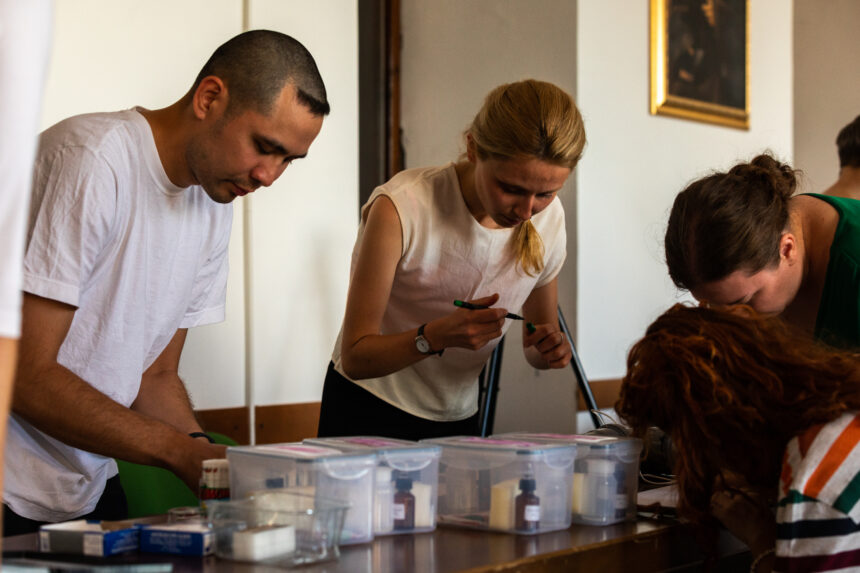
images: (cover 1) Jan Voxel collective at the presentation of The Critters Room, Ateliersi, Bologna 2021, ph: Courtesy of th artists (2) The Critters Room, microscope slides of particulate matter, July 1st 2020, ph: Courtesy of the artists (3) The Critters Room, video & sound installation with microscope slides, Ateliersi, Bologna 2021, ph: Courtesy of th artists (4) The Critters Sound, AV live with Luca Perciballi, Lenz Theatre, Parma 2022, ph: Courtesy of th artists (5) Lecture performance with Kabul Magazine, Lenz Theatre, Parma 2022, ph: Courtesy of th artists (6) Establishing a European Critters Community, workshop with doctoral students, Summer School, Montecompatri, Rome Province 2022, ph: Monkeys Video Lab
You can view more about The Critters Room Project here
